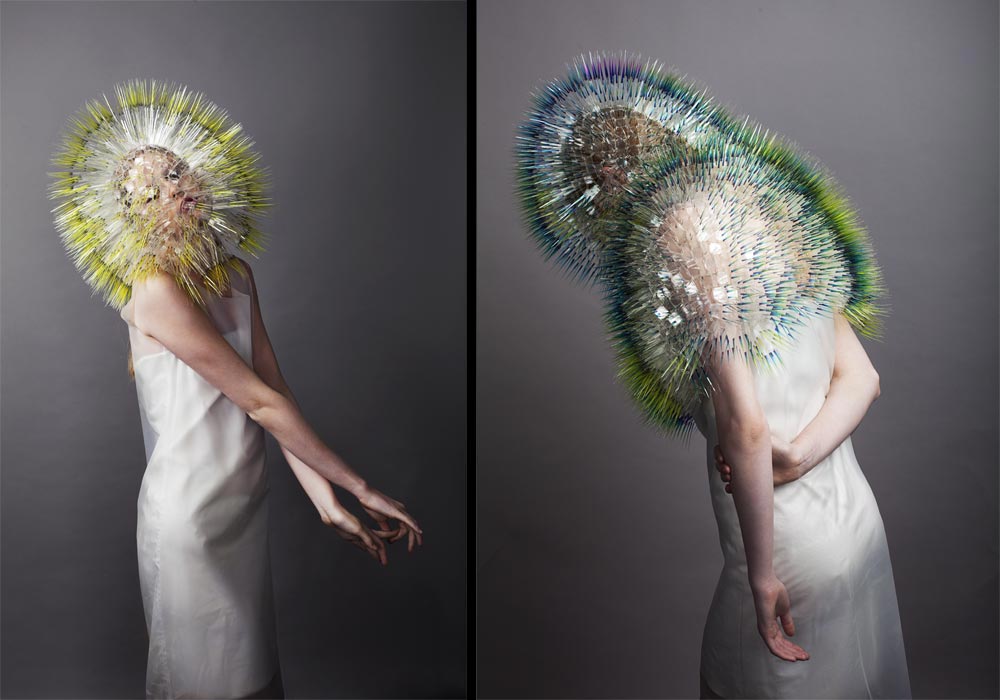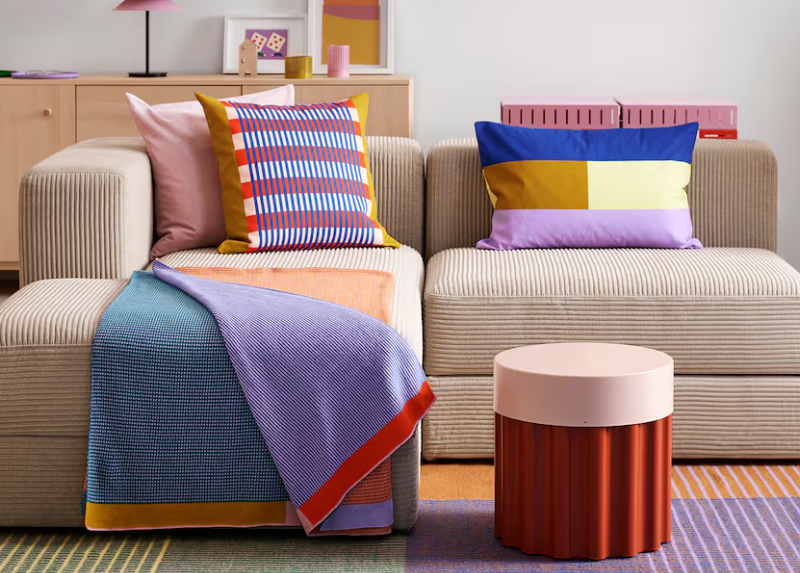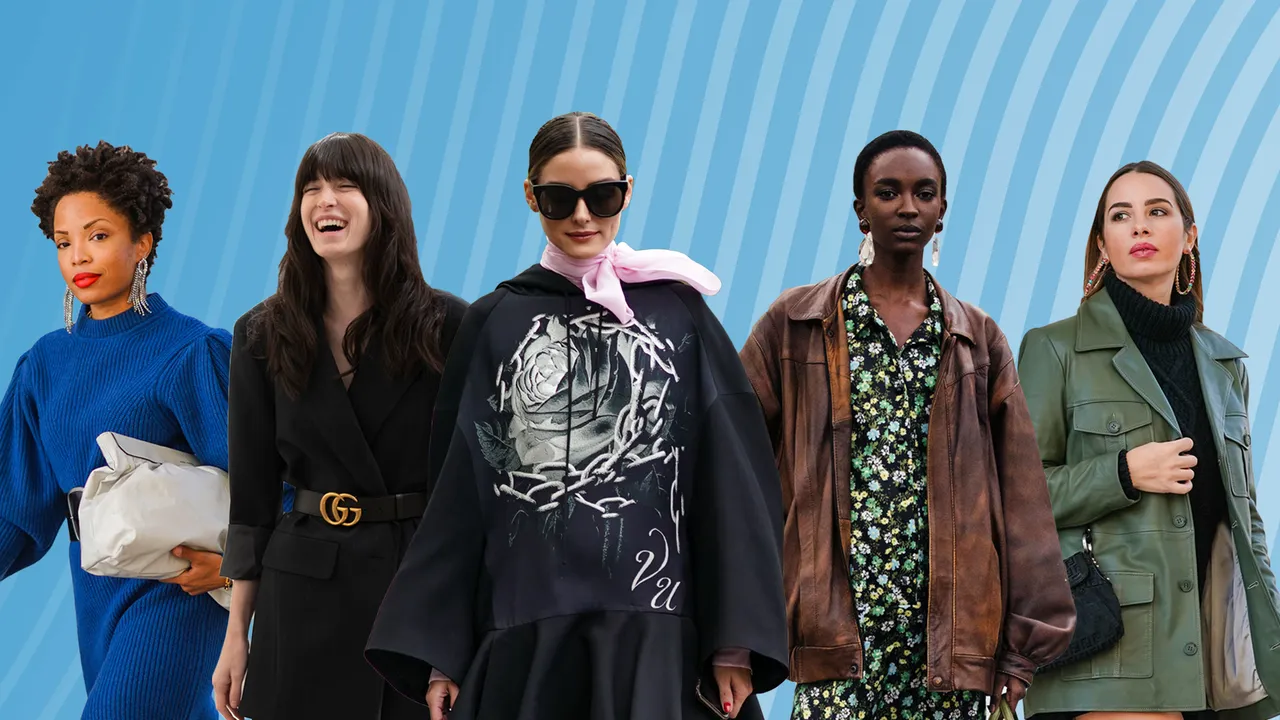
Two decades ago, a family summer vacation altered the fortunes of the Gvasalia brothers. The younger, Guram, insisted on spending the holidays in Trieste, so the elder, Demna, then a Design student at the Royal Academy of Fine Arts in Antwerp, took the opportunity to participate in the competition that had put the Italian town on the map of the international fashion scene: the International Talent Support (ITS). Judged by luminaries such as entrepreneur Renzo Rosso (founder of Diesel and the OTB holding company, seminal sponsor of the competition), designer Raf Simons, and journalist Cathy Horyn, among others, Demna presented a work on the “deconstruction of men’s clothing,” experimenting with new patterns and reimagining existing garment designs. He won. And the rest is history.
Alongside Hyères in France, the ITS in Trieste is the longest-standing and most far-reaching competition for young designers on record. Winning here is akin to winning a career in fashion. Demna, now known only by his first name, was immediately led to work with Walter Van Beirendonck, a luminary of the Antwerp Six, and later found himself at Maison Martin Margiela. He also worked at Louis Vuitton under the wings of Marc Jacobs and Nicolas Ghesquière, before co-founding Vetements with his brother in 2014 and ultimately becoming the creative director of Balenciaga, where the once-Georgian war refugee has been making his mark since 2016, globally and beyond. And he’s not the only one.
Many of the stars that have illuminated the industry in the last couple of decades have emerged from ITS. Winner of the 2005 edition, Matthieu Blazy was recruited by Raf Simons for his team (he was with him during Simons’ tenures at Dior and Calvin Klein) and made waves leading the Artisanal line at Maison Margiela under John Galliano until his phenomenal solo breakthrough two years ago, at the helm of Bottega Veneta. Nicolas di Felice, the first of the 2007 cohort, joined the haute couture division of Dior, worked at Balenciaga and Louis Vuitton under Ghesquière’s guidance, and has been leading Courrèges since 2020. Maiko Takeda, winner of the 2014 edition, was the designer chosen by Björk for the cover of her album Vulnicura (2015) —she and the Japanese designer have collaborated since then—, and after working for Stephen Jones and Issey Miyake, she now has her own label. Meanwhile, Richard Quinn (winner in 2015) or the duo Chopova Lowena (2018) launched their own brands without hesitation, now current highlights of London Fashion Week. There are even those who, without convincing the jury at the time, have still found their way to glory, like David Koma and Craig Green.
Most have landed in those types of roles that may not generate headlines, but without which the industry would not exist: Eva Heugenhauser works as a pattern maker at Oscar de la Renta, while Hanna-Lotta Hanhela is part of the design team for the women’s collection at Jil Sander, and that’s just mentioning the winners from 2022/2023.
Now it’s Momoka Sato’s turn to shine. A 29-year-old Japanese designer, her heartfelt tribute to her grandmother, who passed away during the pandemic, earned her the highest honor of the 2023/2024 edition of the competition, the ITS Arcademy Award, which recognizes the most creative/innovative collection, as well as one with significant social commitment. Aside from technical prowess, the judges, including historian Stefania Ricci (director of the Ferragamo Foundation), journalist Sara Sozzani Maino (creative director of the Sozzani Foundation), curator and writer Thierry-Maxime Loriot, stylist Tom Eerebout (whose clients include Lady Gaga, Kylie Minogue, Austin Butler, and Rebecca Ferguson), and designers Sergio Zambon (Moncler) and Stefano Gallici (artistic director of Ann Demeulemeester), were moved by the emotional resonance of Sato’s garments, which celebrated the craftsmanship associated with cultural and anthropological tradition, worn by an octogenarian model. The 10,000 euros accompanying the prize will help the creator solidify her brand, but Sato knows there is nothing more precious than the advantage her victory affords her.
“We are fundamentally a big family. Here, newcomers embarking on their professional journeys find support from established figures from various sectors of the industry, all connected by a shared commitment to creativity,” acknowledges Barbara Franchin, the visionary behind the competition and president of the foundation of the same name under which it has thrived since 2002. This has been the first time that the budget allocated for the gala awards show has been invested in more beneficial networking days, five days at the end of last March during which the finalists could attend workshops, socialize, and soak up the experience of those who run the business. For this edition, Franchin has noticed a shift in tone: “From their positions to influence the future, this year’s participants are the voice of a generation that examines itself and the world with clear criticality. Theirs is a meaningful cultural dialogue that addresses issues such as integration, immigration, gender, politics, and social stratification.” And she warns: “We are at the beginning of a new era, with a level of awareness never seen before.”
Amina Gamal (born in Cairo in 2001) attests to the magnitude of this awakening. The Egyptian designer based in Paris swept the prize in the Fashion Film category for her disruptive cinematic interpretation of a proposal, “In Our Alleys,” in which she uses Foucault’s concept of heterotopia to extract a positive reading of her country’s deculturalization of clothing. “There are many young people who have to build their identities in spaces that are not naturally theirs. This is my way of recognizing where I come from,” she tells EL PAÍS. Six months ago, she secured an internship at the men’s division of Louis Vuitton, under Pharrell Williams’ guidance. “Working in such an environment is what made me realize that I needed to confront my origins if I didn’t want to lose myself,” she reveals. She still has three more months of training at the flagship of the LVMH group. After that, she will return to Egypt to further define her identity, both personal and as a brand.
Tal Maslavi will also return to his homeland, Israel, although it may not be the best time. “The good thing about fashion is that it breaks down borders and allows you to express yourself as a citizen of the world,” he says. “And what’s happening in Gaza, how does it affect you?” “If I speak, I’ll start to cry,” he responds. Born in Hod HaSharon 27 years ago and trained in design at Tel Aviv’s Shenkar College, in mid-2022 his “Cake” shoes —a pair of Derbies with a slit at the toe, like a cake cut revealing the inside— caught the attention of Hypebeast, the digital bible of streetwear
, and went viral. “It took me by surprise, but it’s not that significant. I have to work twice as hard, put in three times the effort, to prove that I’m worth it,” he says. In Trieste, he presented his shoe innovation again, part of a collection more focused on exploring textures (silicone, edible fabrics) and social gestures than innovating silhouettes, with hopes pinned on a luxury collaboration. For now, he produces on demand. “What I really want is to join a major fashion house,” he confesses.
“I’ve witnessed how these kids have shifted from ‘I want to be John Galliano’ or ‘I’m going to become a great creative director’ to wanting to express themselves as artists in their own right,” Franchin interjects regarding the aspirations of these untainted talents that will fuel the industry. In fact, they already are. An assistant in Jean Paul Gaultier’s studio, Frenchwoman Clémentine Baldo has moved to London to create her own brand, where she denounces the historical violence —sexual and domestic— that the system exerts on the female anatomy. She prefers to be a monster rather than a woman, titling her proposal inspired by the work of American graphic novelist Emil Ferris, in which layers of latex condoms form a sort of exoskeletons. Canadian Daniel Bosco, on the other hand, veers towards performance to address the chosen family within the queer framework, while Belgian-born South Korean Eun Ji Oh uses the illness that caused her weight gain to question bodily conventions in a collection of accessories.
The only Spanish finalist in the edition, Silvia Acién Parrilla from Almería, narrowly missed out on a win. “Ethically and sustainably, hers was the best collection, but its unviability as a commercial product prevented her from winning,” explained judge Orsola de Castro. Nevertheless, the designer and ethical-environmental activist, founder of the Fashion Revolution movement, was so impressed by the young woman’s work —who has developed a biodegradable knit type from plant fibers in collaboration with a Japanese biochemist— that she has decided to mentor her and guide her next steps. “Everything I know, I learned in my parents’ garden and watching my grandmother work with esparto grass. If I’ve made it this far, it’s because of them,” says this daughter of farmers, who landed at Central St Martins in London on her own initiative, pursuing her dream.
“Observing these young people at the beginning of their careers is a unique and precious opportunity,” admits Valerie Steele. The director of the Museum at the Fashion Institute of Technology in New York City (FIT) has appeared in Trieste as a judge, but also as an advisor. “The first collections of a designer are of particular interest, both from a historical and academic perspective, because they will inspire those who come after. Preserving and sharing such a valuable resource is something that deserves the support of institutions,” reflects the historian, referring to the archival work of the ITS Arcademy. A play on words between ark, archive, and academy, the Arcademy is the culmination of Franchin’s effort to transcend the temporality of her competition. Inaugurated in April 2023, in a historic building in the center of Trieste, it is Italy’s first museum dedicated to contemporary fashion (they call it the Museum of Fashion Art), with a collection of over fifteen hundred pieces, and counting. It also houses the 14,359 projects submitted to the competition to date.
Aside from the temporary exhibitions orchestrated by Olivier Saillard, former director of the Palais Galliera in Paris, who serves as resident curator (the latest, “The Many Lives of a Garment,” an exploration of the psychology of dressing in collaboration with philosopher Emanuele Coccia, was inaugurated to coincide with the final of the competition), the ITS Arcademy also exhibits the works of the 15 finalists in a show titled with this year’s motto, Born to Create, from which yet another prize will emerge, that of the attending public. Visitors can vote for their favorite until January 2025, and the extra 5,000 euros will be awarded to the winner in the next edition, when their name is revealed. The only thing the Trieste competition cannot predict is the future.


